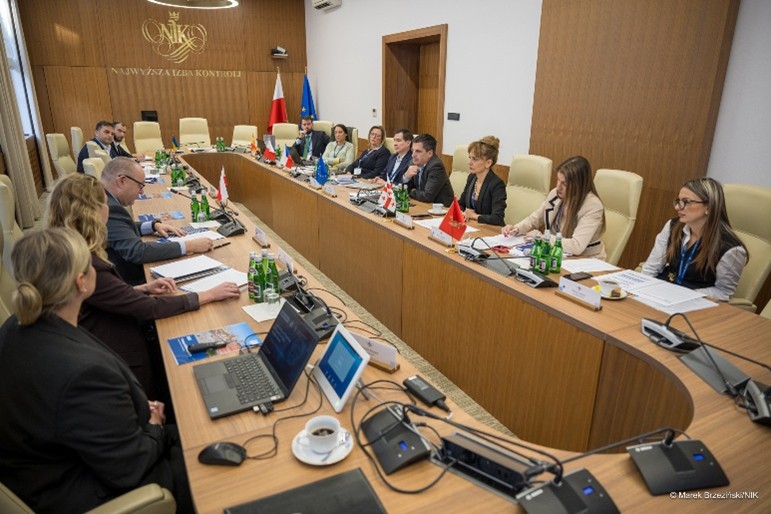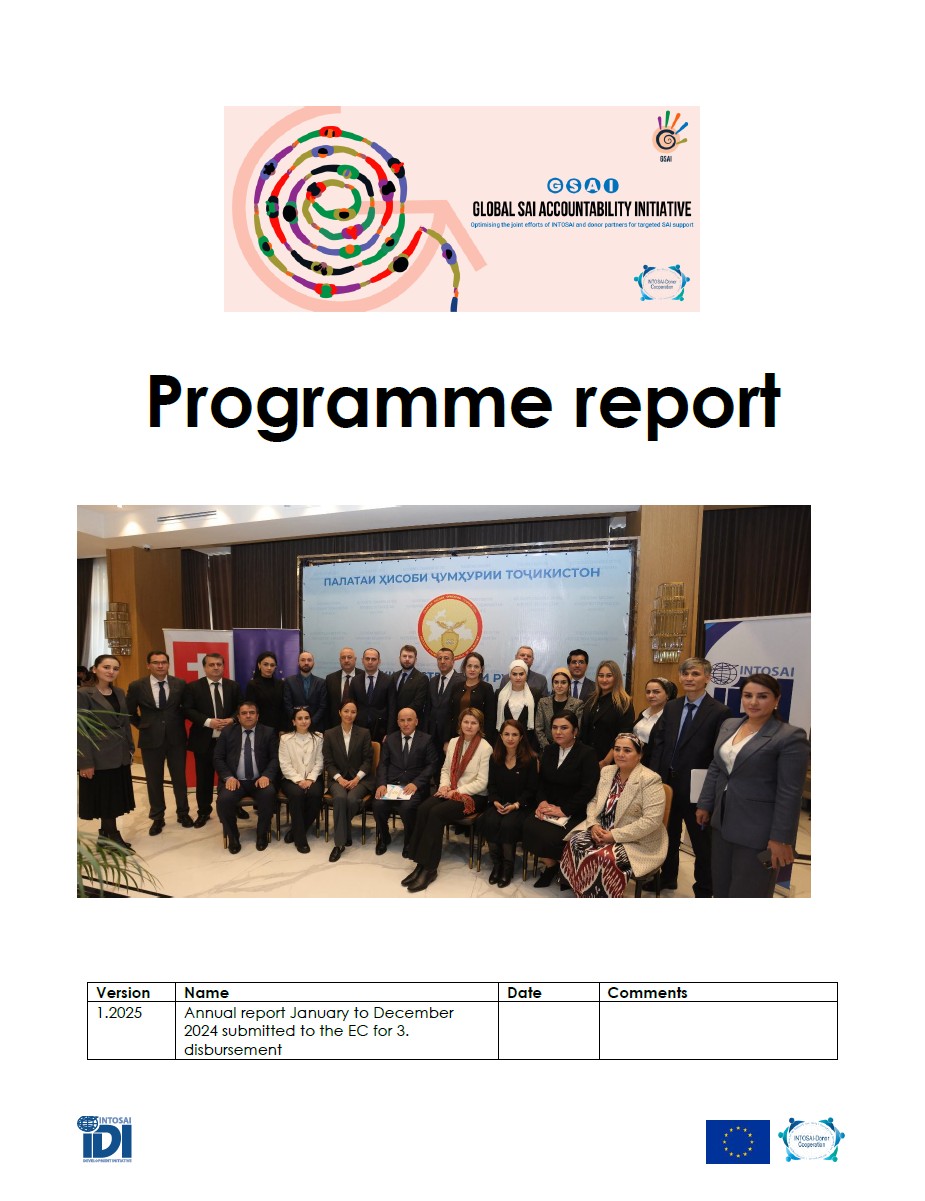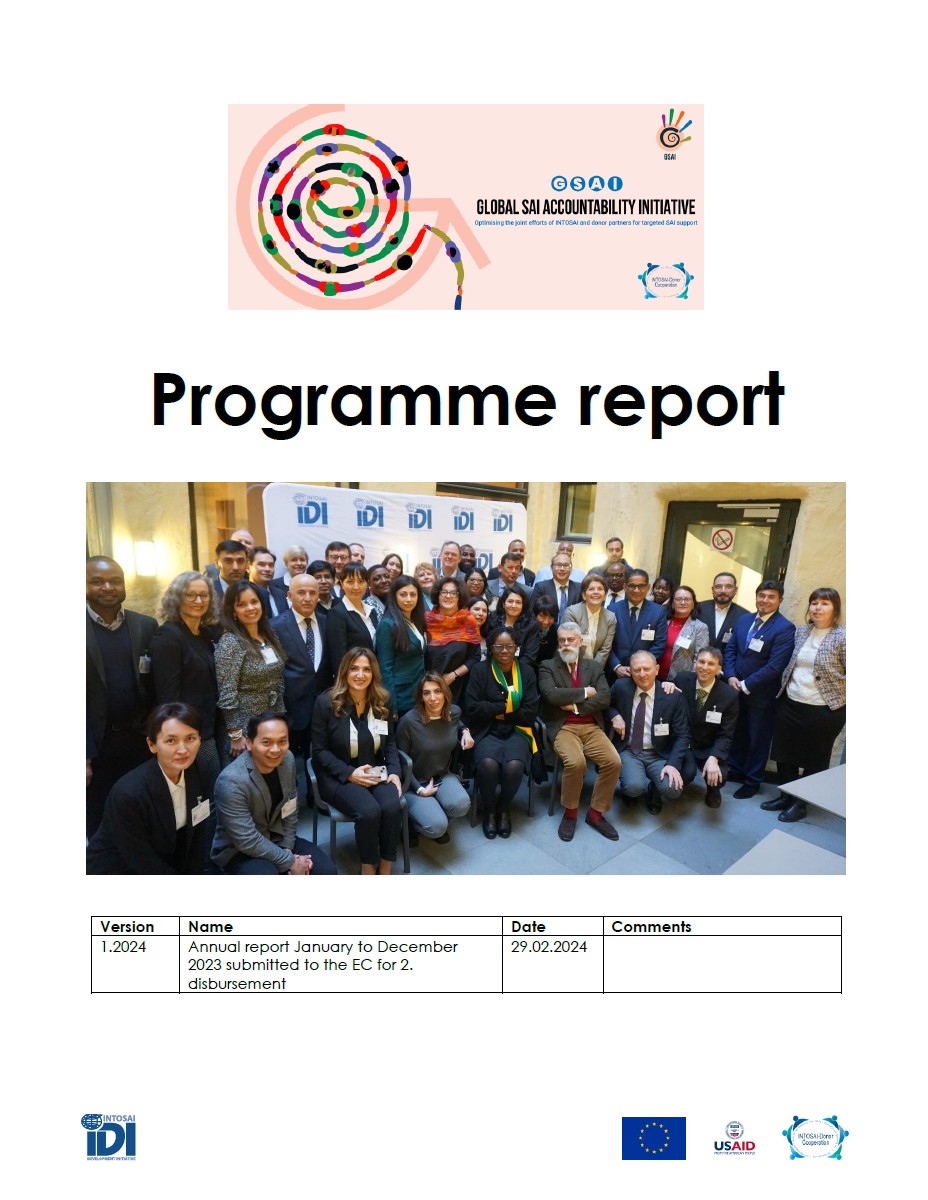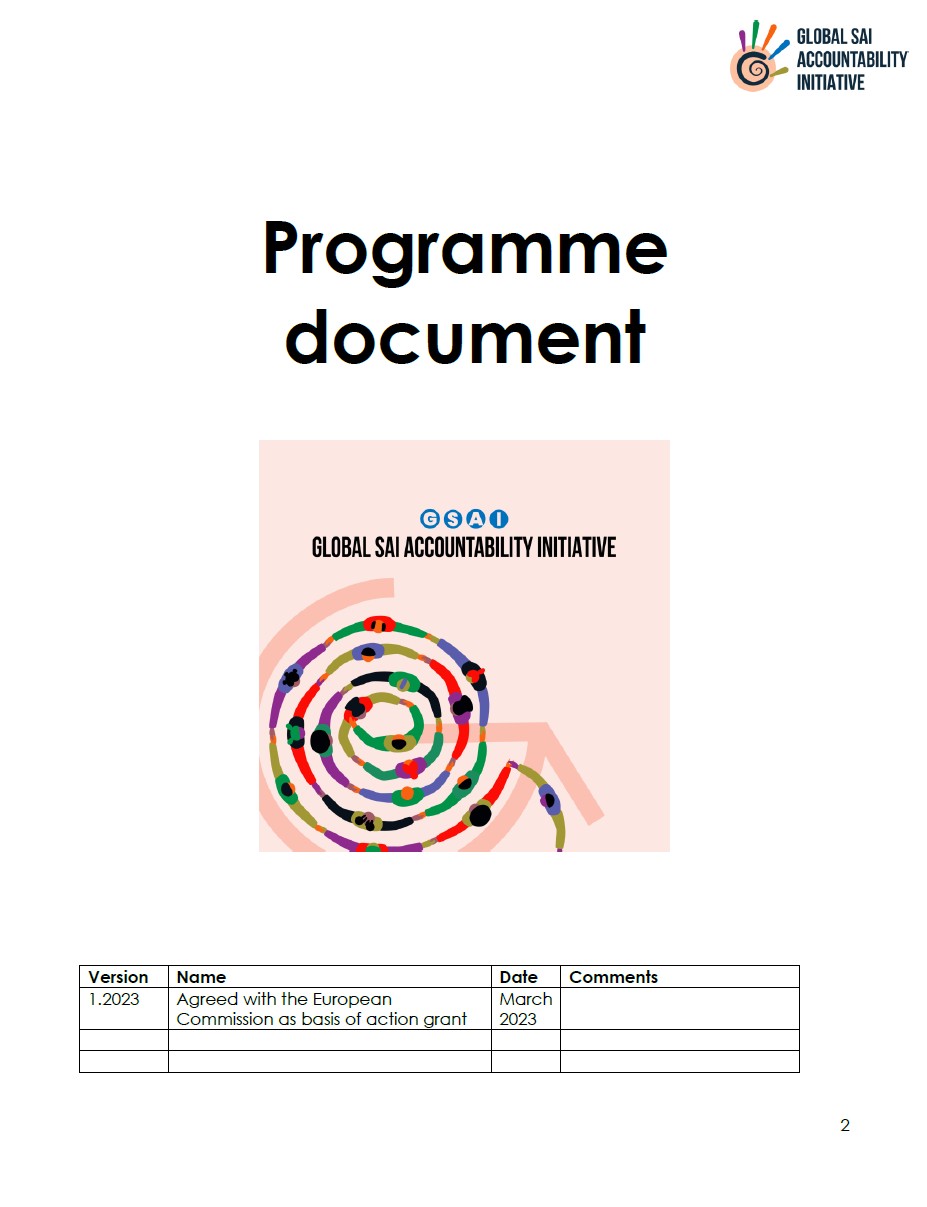GSAI – Global SAI Accountability Initiative
Building Stronger Accountability Where It’s Needed Most
The Global SAI Accountability Initiative (GSAI) brings together SAIs and development partners to provide long-term, coordinated support where it’s needed most. By strengthening systems, skills, and collaboration, GSAI helps SAIs build the foundations for transparency, accountability, and trust in public institutions.
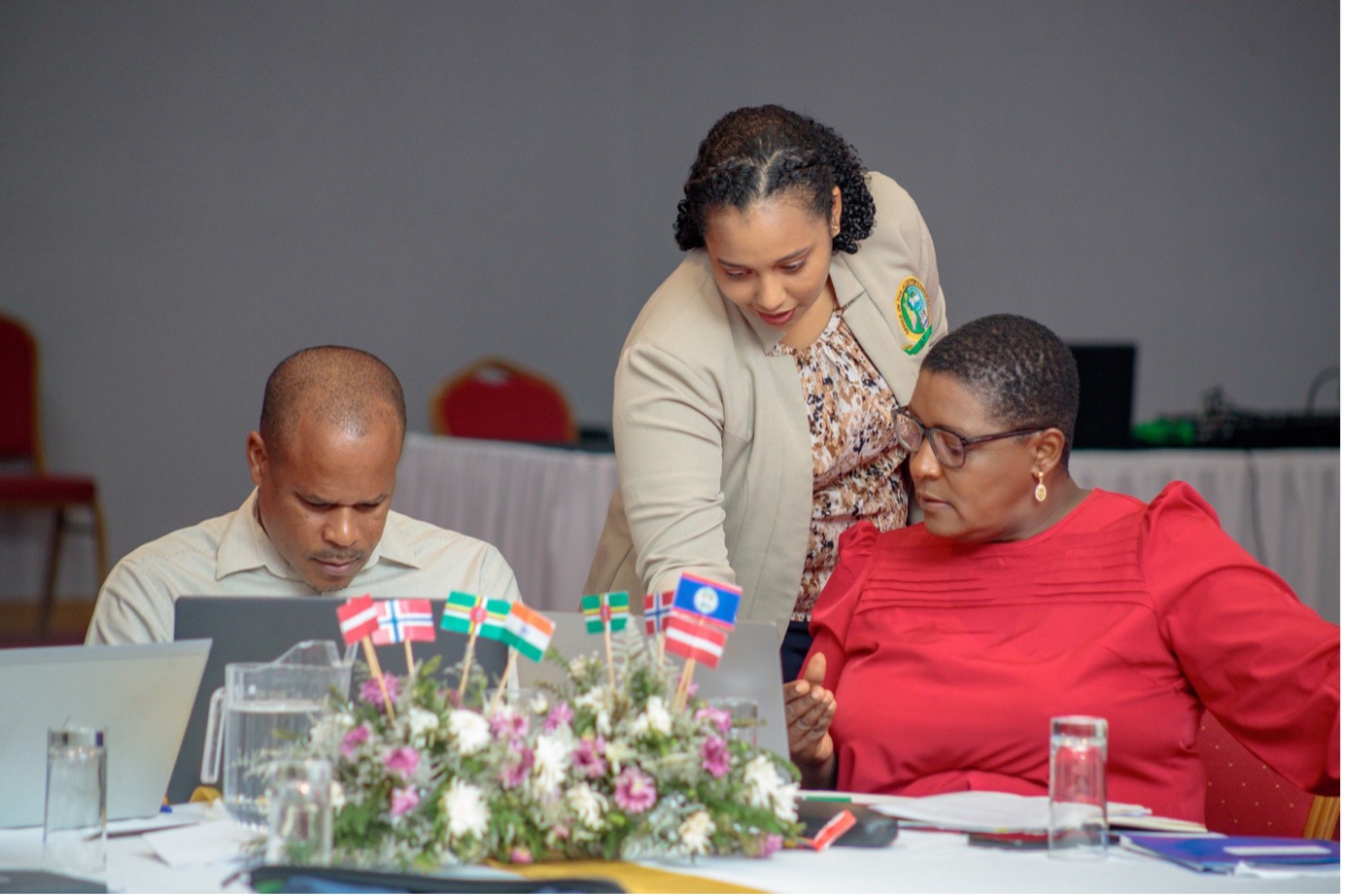
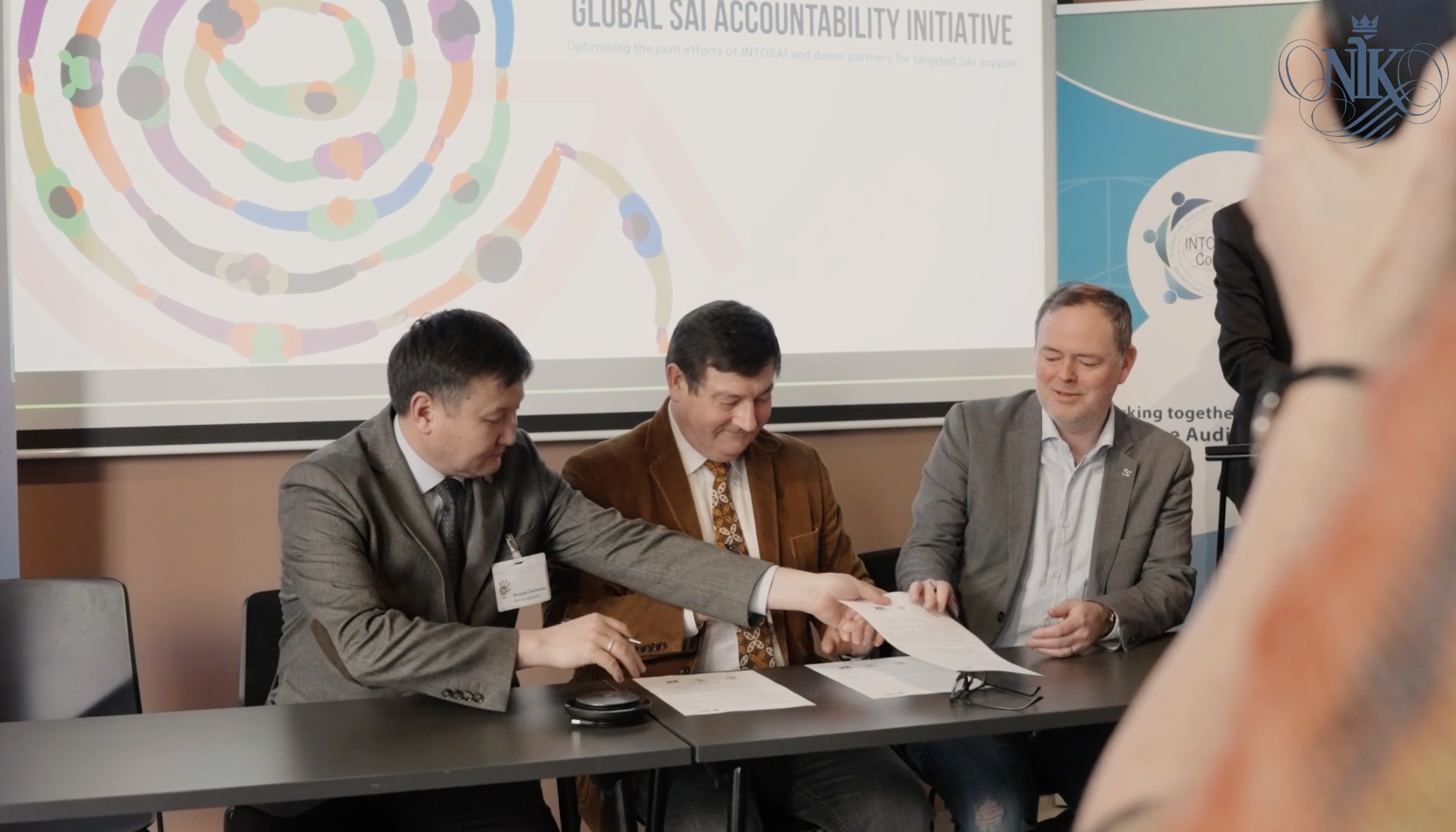
See how the Global SAI Accountability Initiative (GSAI) is helping SAIs turn challenges into accountability and impact
See how the Global SAI Accountability Initiative (GSAI) is helping SAIs turn challenges into accountability and impact
Why GSAI Matters
GSAI focuses on helping SAIs turn commitment into action. Launched in 2022 by the INTOSAI Development Initiative (IDI) and the INTOSAI-Donor Cooperation (IDC), it provides a framework for coordinated, long-term support in complex environments, aligning with the IDI Strategic Plan 2024–2029 and the IDC Strategy 2020–2030.
Through collaboration and peer learning, GSAI helps SAIs strengthen their oversight role and deliver lasting results across three core areas:
- Transparency: Strengthening audit quality and public reporting
- Partnership: Connecting SAIs with peers, development partners, and experts
- Impact: Supporting SAIs to deliver audits that matter
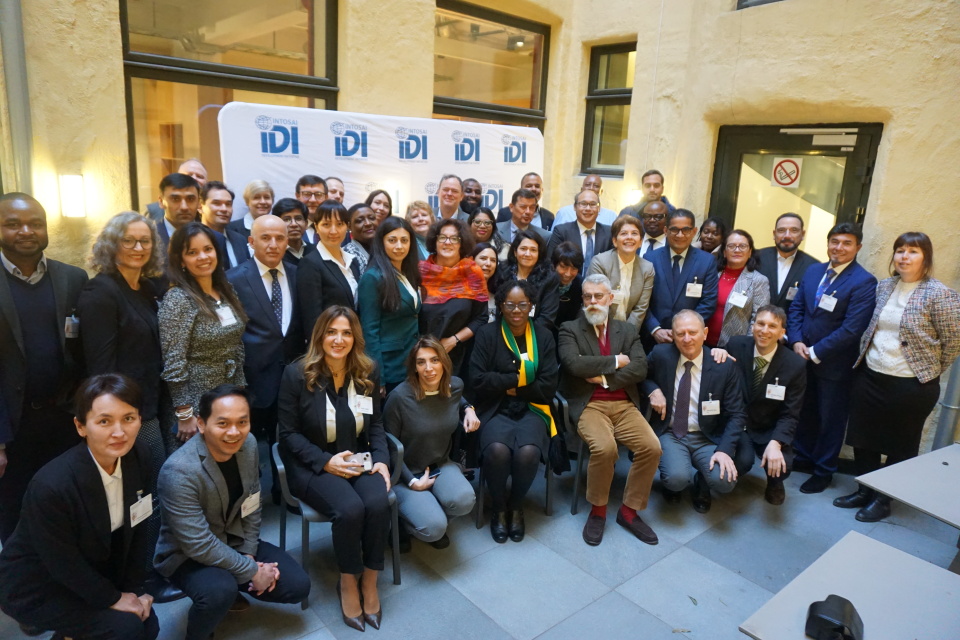
How GSAI Works
Phase 1: Planning (2022–2023)
- Build partnerships and align on priorities
- Conduct country visits to identify needs and set baselines (including gender, diversity and inclusion)
- Establish coordination mechanisms and SAI support groups
- Develop initial 2-year country projects focused on audit support and institutional strengthening
Phase 2: Initial Support (2023–2025)
- Implement agreed projects and activities
- Develop long-term plans and secure funding for sustained engagement
Phase 3: Long-Term Support (2025–onwards)
- Transition to multi-year partnerships for institutional development
- Focus on sustainable, locally owned impact
GSAI IN ACTION
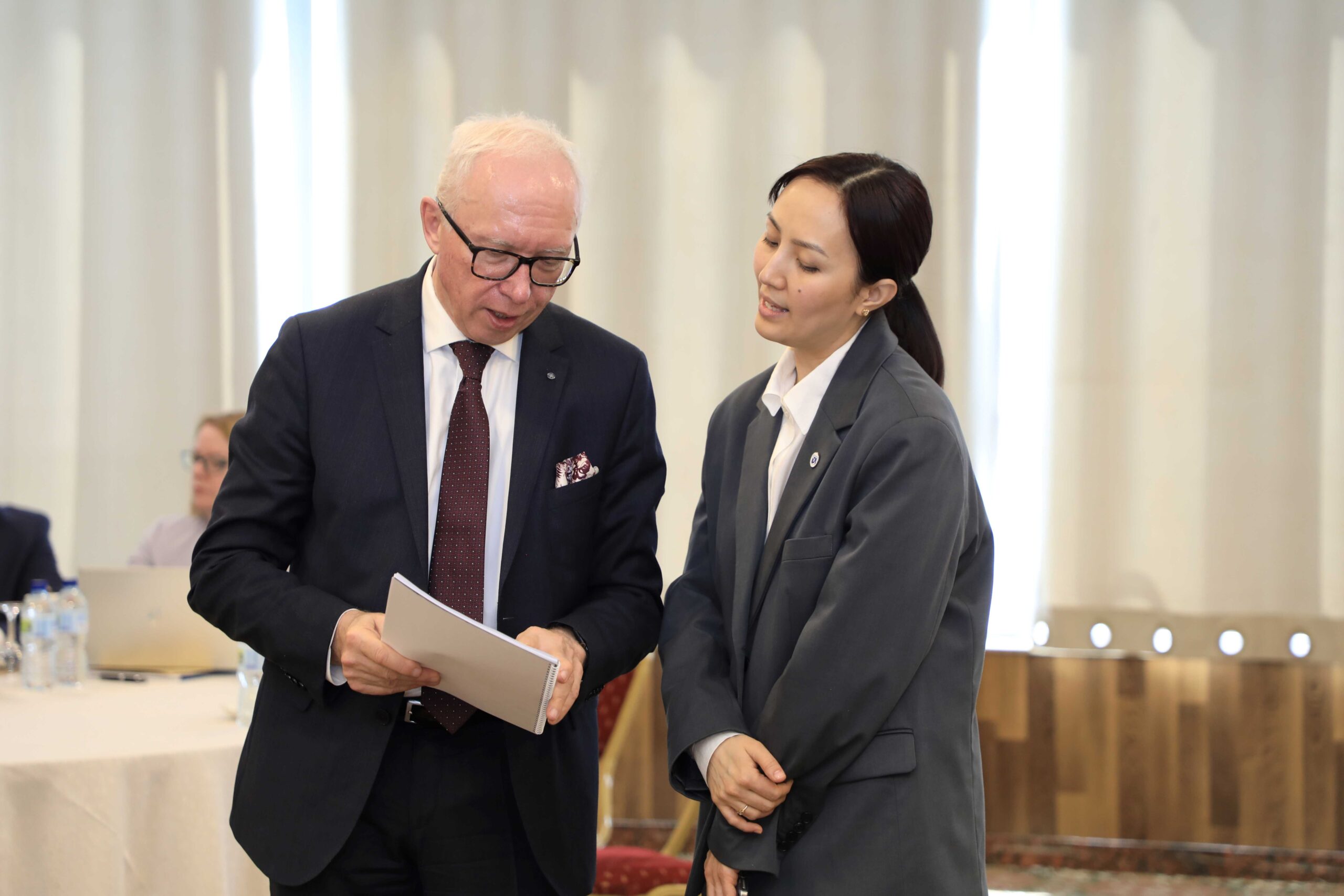
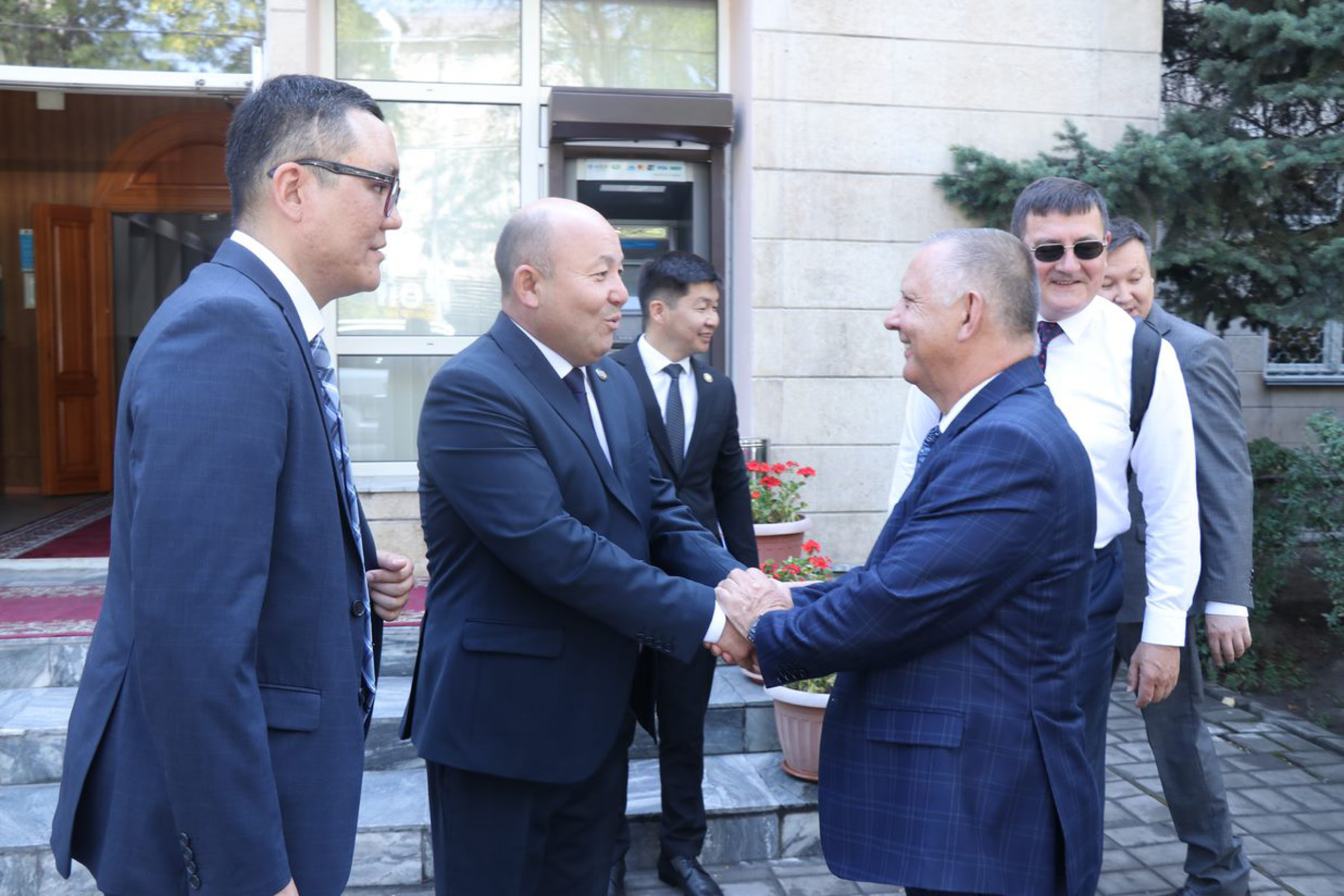
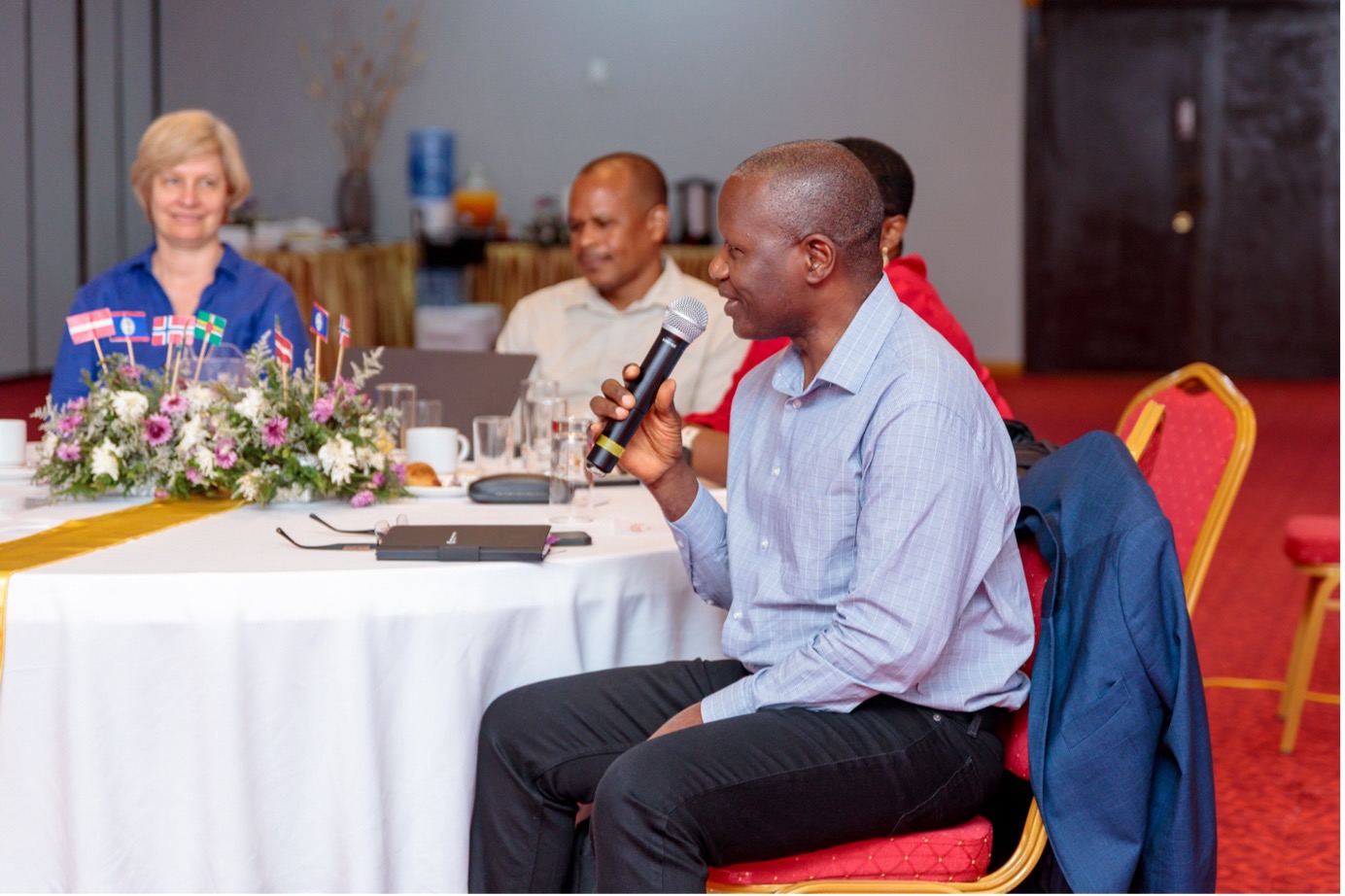

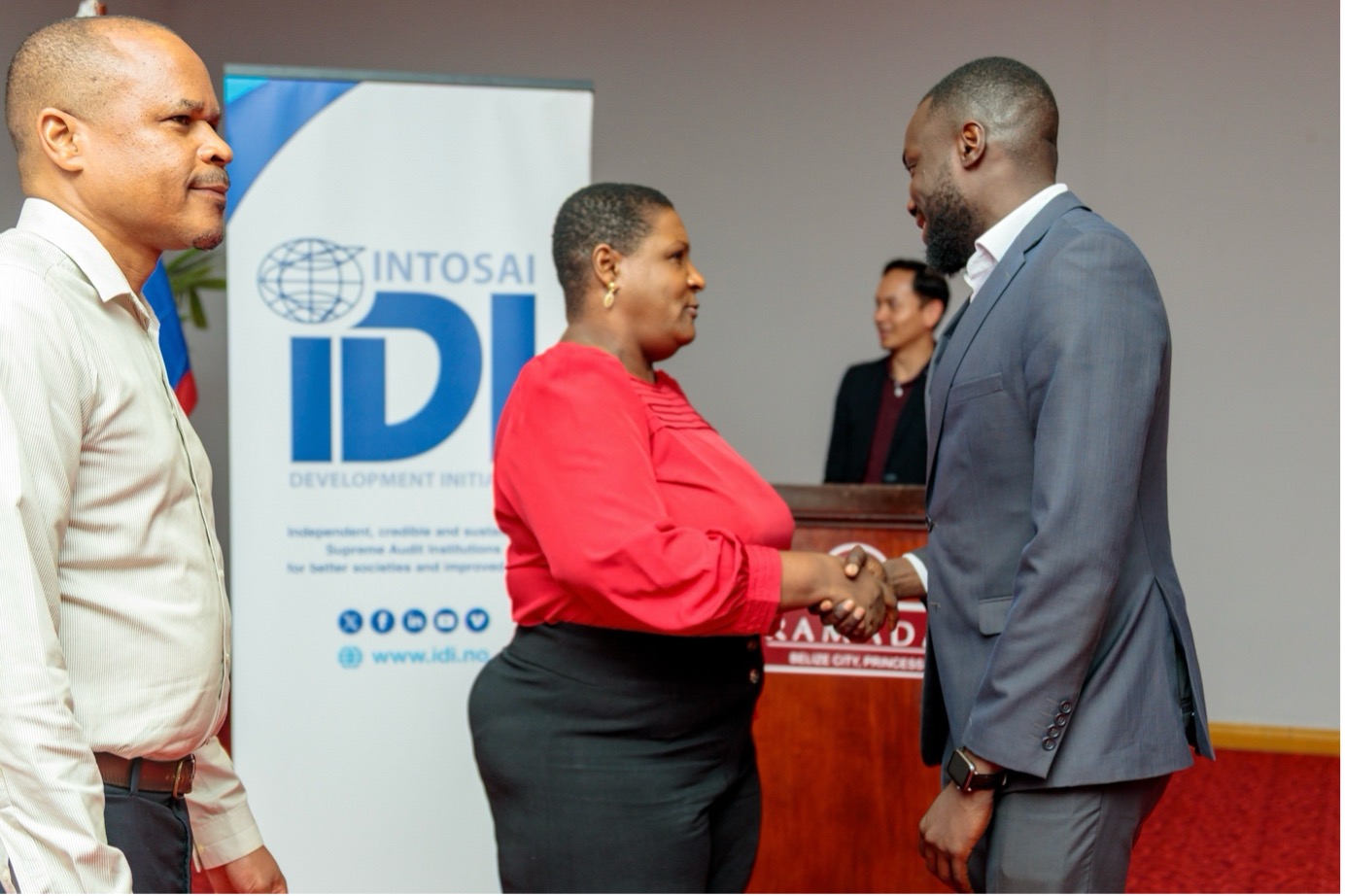
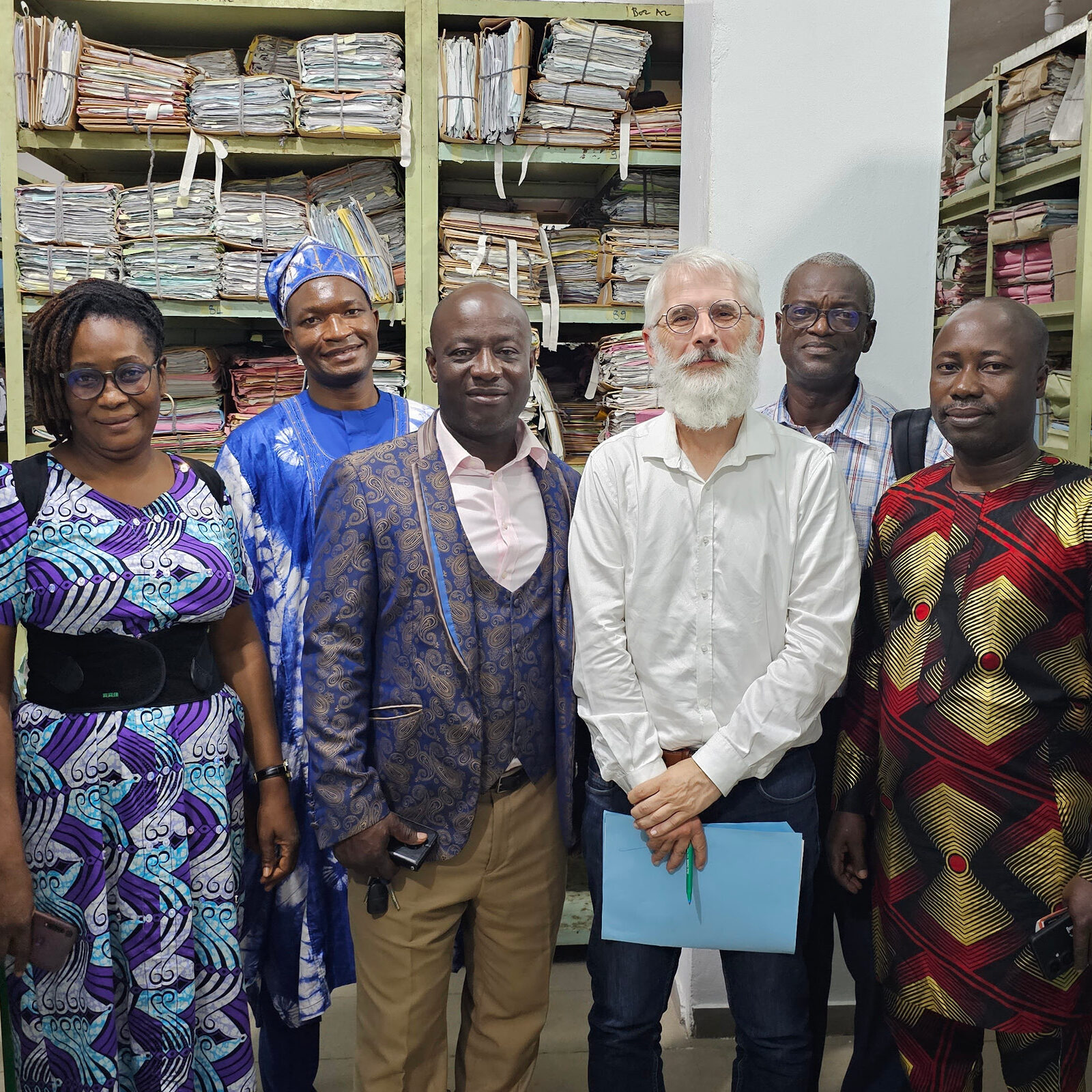
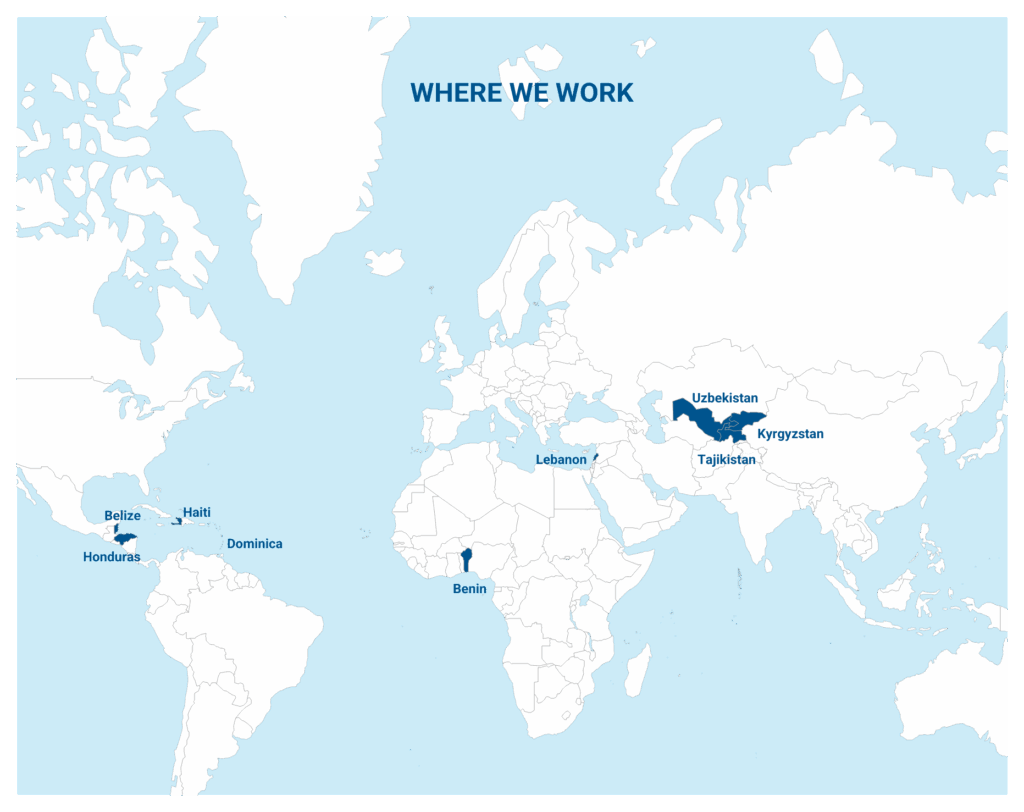
GSAI FUNDING PARTNERS
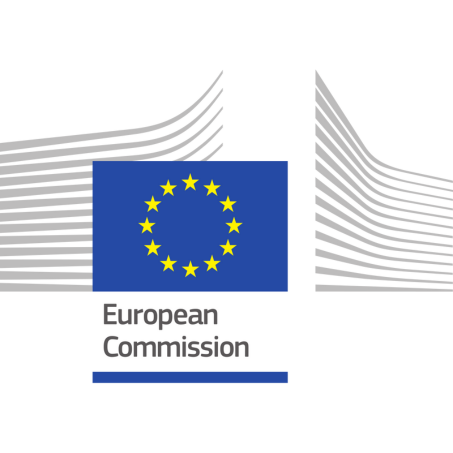
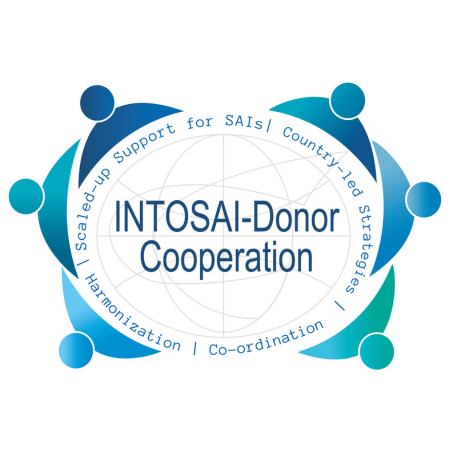
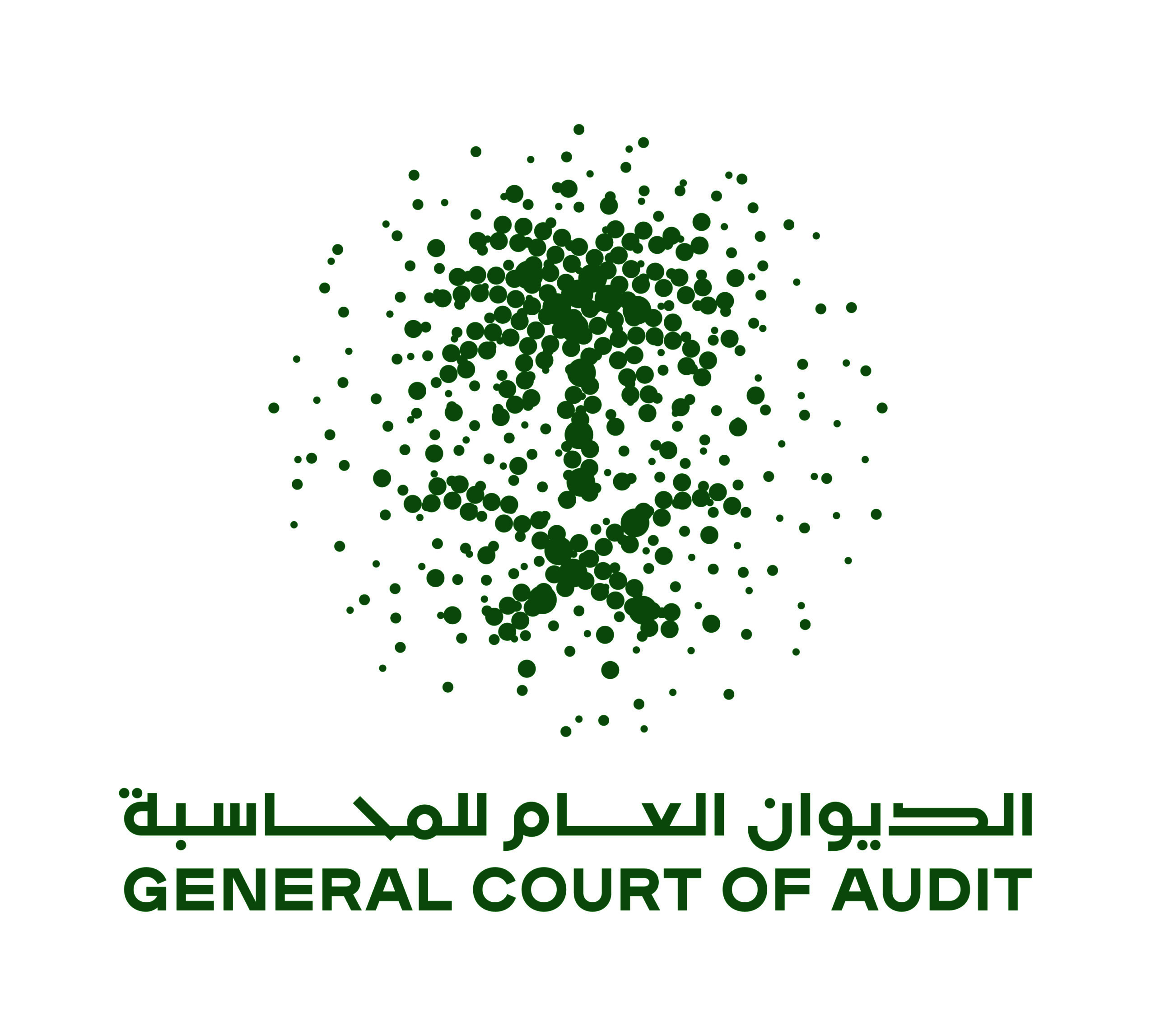
KEY DOCUMENTS
Contact Us
Collaboration is at the heart of GSAI. We work with Supreme Audit Institutions and development partners to strengthen oversight and build trust in the public sector.
Reach out at gsai@idi.no to explore how we can work together to make accountability count where it matters most.
